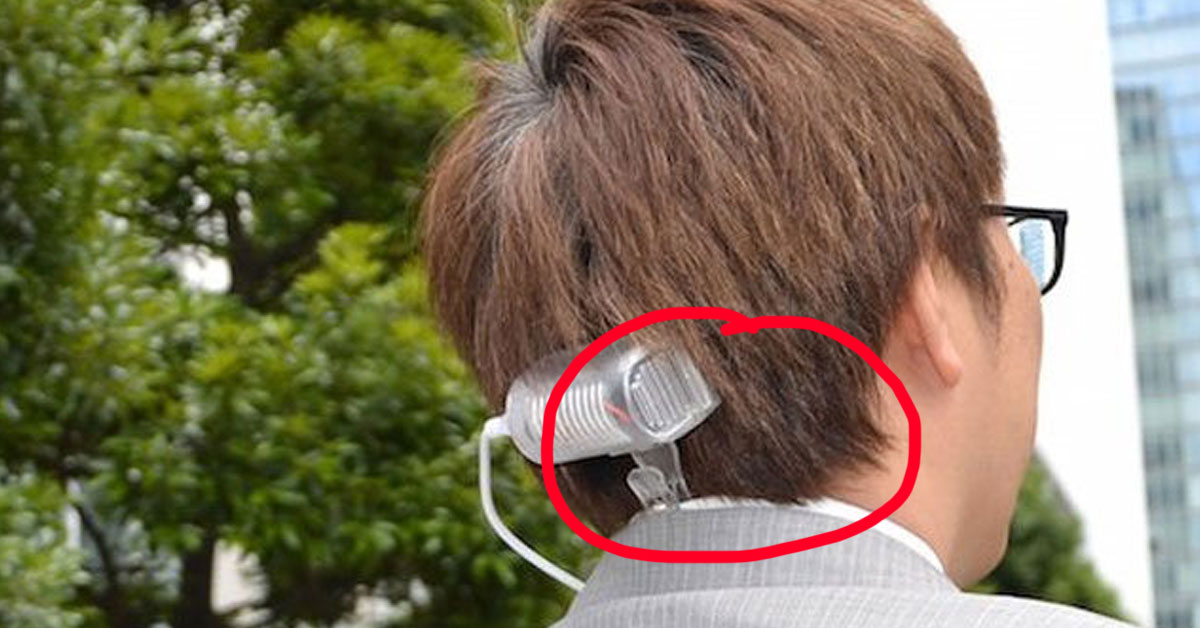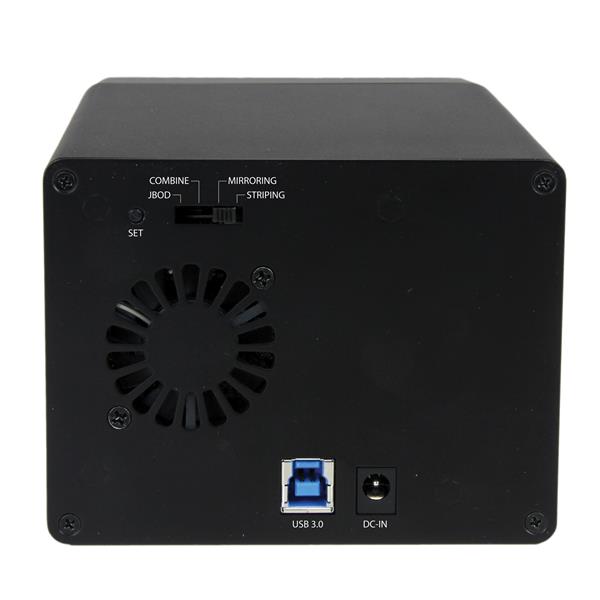ReSound Consumer Care Representatives are also available to answer questions about ReSound LiNX and pairing to your Apple device by calling 1-888-735-4327 (US customers) For questions how to use your Apple device, consider enrolling in a course or scheduling an appointment with the Apple genius bar at your local Apple retail store.
- Drivers Gn Resound As Usb Devices Compatible
- Drivers Gn Resound As Usb Devices Available
- Drivers Gn Resound As USB Devices
- Drivers Gn Resound As Usb Devices Download
This is the third part of my review of my new GN ReSound Linx 3D 9 hearing aids - you can read the other parts of the review here. You can also take a look at the full range of hearing aids from Resound here.
This is the first time I've had a hearing aid with Bluetooth connectivity options in it. I was excited to try it out but to be honest, I always considered Bluetooth a vanity extra and not something I was particularly bothered about having; I thought I was only interested in hearing well in everyday situations through the normal hearing aid microphone, I was wrong.

TV streamer 2 it is possible to pair up to three streaming devices - e.g. Two TV streamers and one resound unite Mini Microphone (optional Pairing the TV Streamer 2 in channel 2 accessory) - with a given pair of hearing instruments. New Amazon devices from $29.99 17-32 of 222 results for 'resound hearing aid accessories' Hearing Aid Pouch - Carrying Storage Pouch Soft Small Protective Velco Fastens Wallet Purse.
Bluetooth?
Bluetooth is a technology for connecting devices that are physically close to each other - it is used to connect
wireless keyboards and mice to computers, send photos from your phone to your laptop, talk hands-free on your phone whilst driving, and loads of other stuff.
It can wirelessly transfer audio as well, it's the tech used in wireless headphones and speakers - which makes it pretty useful for hearing aid wearers.
Bluetooth in Hearing aids
Having hearing aids with Bluetooth basically means you can have audio played directly into your ears through your hearing aids, kind of like if you were listening to a pair of headphones. When you take a phone call via Bluetooth you don't need to put the phone to your ear, the audio is sent from the phone to your hearing aid and then played to you from the aid.
I guess you could think of the difference in listening via Bluetooth to normal 'over the air' listening as being the same as the difference between listening to with a good pair of headphones and listening to a car stereo: both of them have great sound but the headphones are clearer because they are your sole focus whereas with the car stereo there are other sounds going on to.
Drivers Gn Resound As Usb Devices Compatible
Confused About The Right Hearing Aid For You?
Our buying guide, easing the confusion with clear easy to understand info, we guarantee it will help you pick the right hearing aid for you.
Is the Linx 3D Bluetooth any good?
The short answer is yes!
I have used my Linx 3Ds with my Android phone and my iPad for phone calls, listening to music and watching Netflix.
The sound quality is superb and makes a phone call miles easier than the conventional way, I used to avoid phone calls where I could but I'm happy to take them all now, safe in the knowledge I will be able to hear easily. The audio played over Bluetooth is crystal clear at all times. When I've been watching Netflix I've been listening to the show instead of watching subtitles, and again, the audio is crisp and clear and it is always in sync with the video, no lag at all.
How do I connect my Resound hearing aids to my devices?
It works a little differently for Android and Apple devices.
Apple devices newer than iOS 7 (*I think*. Check this if you have a really old Apple device), will connect directly to the Linx 3D - they will stream phone calls and music to the aids and will also allow you to change some settings of the aids from your Apple settings menu. This takes about 20 seconds to set up and then works seamlessly from then on. There are some screenshots from my iPad at the bottom of this article.
For Android devices, you will need a ReSound Phone Clip+ streaming device to be able to stream audio. I think the reason for this is that hearing aids with Bluetooth use a low-powered subset of the Bluetooth protocol, which not all phone/tablet/etc devices have implemented, Apple has, but Google and other Android developers have not - in other words, even though both your phone and your hearing aids talk Bluetooth, they talk slightly different dialects and can't understand each other, so ReSound have the Clip+ which translates for them. The aids use a low-powered subset of Bluetooth to stop your batteries running out very quickly.
The Phone Clip+ and my Android phone sound just as awesome as the Apple devices do. Again, completely seamless, crystal-clear audio at all times. I connect my Clip+ to my phone via Bluetooth, then connect it to my aids (using the other Bluetooth!) and away I go. The Clip+ has a microphone on it, so when I am on the phone I am listening via my hearing aids, talking into the Clip+ microphone and my phone is sat on the table doing not much. The Clip+ also works great with watching Youtube or playing audio from my Android. You charge the Clip+ using a standard USB cable, one charge seems to last for days. The Clip+ is pretty small and discrete, and as the name suggests does actually have a clip on it, so it can easily be worn on clothing or kept in your pocket - carrying this around with my phone has not been a problem. I've taken it out running with me a few times to listen to music, it stayed firmly clipped to my t-shirt.
When listening
As I said before, this is the first time I've had Bluetooth hearing aids and my first question when I got them was: will I be able to hear things around me while listening to Bluetooth?
Yes, I can.
Normal environmental noise is reduced when listening to Bluetooth but it is still there. So phone calls and audio are extremely clear but the aids do play you the sounds around you too, but at a lower level - so you are aware what is going on around you but it doesn't distract from the streamed audio. The balance of background sounds to Bluetooth sounds is perfect, I feel confident that if someone speaks to me from the side or behind I will hear them, which is useful as my Linx 3Ds are discrete and it is unlikely that someone has spotted them or will have any idea that I'm listening to Blondie's greatest hits or taking a call.
ReSound Linx 3D hearing aids are the answer to your phone call and TV watching problems
Seriously. I have avoided phone calls for a long time and am used to watching TV with subtitles. My ReSound's fixed both of those problems for me, I didn't use to think I wanted or needed Bluetooth hearing aids but I was very wrong.
Having Bluetooth capability has changed the way I am doing things. For example, when I'm out jogging I never used to listen to music (couldn't wear earbuds as already wearing hearing aids) but now I'm streaming from my phone strapped to my arm, wirelessly with excellent sound quality and there's no chance of my Resound's falling out of my ear like the new Apple buds apparently do.
Don't ignore Bluetooth as an option on your hearing aids, it makes a real difference to hearing ability - the ReSound Linx is at the forefront of hearing aid/Bluetooth connectivity and is a great choice.
This is a screenshot from my iPad settings screen. In General -> Accessibility -> Hearing Devices. You can see my hearing aids are already connected to my pad. To sync them initially I went to this screen and the iPad automatically looks for Bluetooth devices to connect to, I opened and closed the battery doors on my ReSounds and a few seconds after this the iPad find the aids and connect to them. That is setup done!
If I select my hearing aid from the previous iPad screen (shown above) then I see this page. I can switch on/off streaming of audio to my hearing aids, I can adjust their volume and I can also select between some 'presets'. The presets can be set up by your hearing aid provider when they fit you with the Linx 3D, you can have different presets for different hearing situations (if you want), traditionally you would use a button on your hearing aid to switch between presets but you can do this from your Apple device now too.
Overall I have to say the experience so far has been outstanding, the LiNX 3D and it's Bluetooth connectivity has made a real difference to my life. The hearing aids themselves deliver while the extra functionality delivered by the streaming capability just delivers so much more. I have found the connection to be stable and it there has been very little problems.
Find An Independent Hearing Aid Centre in Your Area
Arrange a consultation with a trusted Independent hearing healthcare professional in your area
VICTORIA'S UPDATE
HARDWARE: HOW TO CONNECT RESOUND HEARING AIDS
To ease any anxiety you may feel about the unknown, I thought I would put together a guide on the seven different connection types used to program ReSound hearing aids. You’ll find that there are only a handful of connection types used for new and old products, and it is often obvious which one is needed. You can also download a summary of the connections needed for older and newer products below.
| ReSound Connection Summary.pdf | |
| File Size: | 89 kb |
| File Type: | |
CS44 CABLES
In addition, the CS44 cable plugs directly into a few older ReSound hearing aids as shown below. Hearing aids that use this connection include all Sparx, Essence, Metrix, Pixel and Plus5 BTE devices, and some Azure, X-Plore and Ziga BTE devices. Keep in mind that you will need to open a cable cover on 70 and 80 model hearing aids to plug in the CS44 cable.
CS44 CABLES + ADAPTORS

A beige adaptor is only required for Vea and Magna hearing aids. You can see that these hearing aids require a different programming adaptor because the contacts are much larger.
CS44 CABLES + CS53S
This connection type is used to connect all ITEs, ITCs and CICs (except Canta) where the CS53 is inserted in the hinge of the battery door as shown below.
CS44 CABLES + 10A PROGRAMMING PILLS
CS44 + PROGRAMMING DOOR
IIC PROGRAMMING PILLS
Drivers Gn Resound As Usb Devices Available
CS64 CABLES
Seminar Locations
Drivers Gn Resound As USB Devices
Event Details
Drivers Gn Resound As Usb Devices Download
Don't miss out. Book your spot now.
